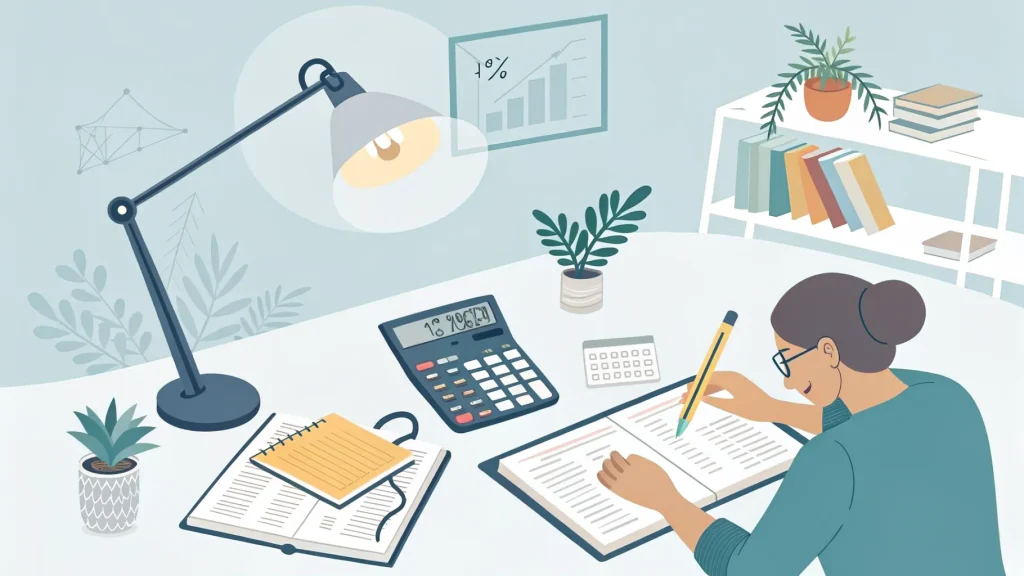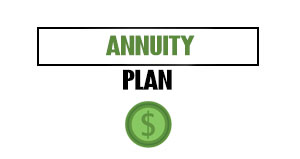The interest rate on your savings account plays a critical role in determining your financial progress. With inflation eroding purchasing power, many Americans find themselves falling behind despite diligent saving habits. Financial experts emphasize that monitoring and optimizing your savings rate is essential for long-term financial health.
Recent data from the Federal Reserve shows that while national savings rates have improved since the pandemic, many savers still park their money in traditional accounts offering minimal returns. This passive approach can cost thousands in potential earnings over time.
Why Your Savings Rate Matters
The difference between a 0.01% and a 3% annual percentage yield (APY) on a $10,000 savings balance amounts to nearly $300 per year. Over a decade, this gap widens significantly, potentially costing savers thousands in lost interest.
Financial advisor Maria Chen explains: “Many people focus solely on the act of saving but neglect to consider where they’re saving. That’s like planting seeds but never checking if they’re in fertile soil.”
When savings rates fall below inflation, which has averaged 3-4% in recent months, savers effectively lose purchasing power despite growing account balances. This phenomenon, sometimes called the “silent wealth killer,” affects millions of Americans who believe they’re making financial progress.
Strategies to Boost Your Savings Returns
Several options exist for savers looking to increase their returns without taking on excessive risk:
- High-yield savings accounts currently offer rates between 3-5%, significantly outperforming traditional bank savings accounts
- Money market accounts provide competitive rates with some additional flexibility
- Certificates of deposit (CDs) lock in rates for specific time periods, often with higher returns for longer commitments
“The banking industry counts on consumer inertia,” notes consumer finance researcher James Wilson. “Most people never switch accounts despite leaving hundreds or thousands of dollars on the table annually.”
Online banks typically offer more competitive rates than brick-and-mortar institutions due to lower overhead costs. Many provide the same FDIC insurance protection as traditional banks, ensuring deposits remain secure up to $250,000 per account holder.
Taking Action: A Step-by-Step Approach
Financial planners recommend a systematic approach to optimizing savings:
First, review current account statements to identify your existing interest rates. Many traditional savings accounts still pay less than 0.10% despite the Federal Reserve’s rate increases over the past two years.
Next, research alternatives through comparison sites that track competitive rates. Look beyond APY to consider factors like minimum balance requirements, monthly fees, and accessibility.
Consider a tiered approach that balances liquidity needs with return potential. Emergency funds should remain accessible, while longer-term savings might benefit from higher-yielding options with some restrictions.
“The best strategy combines different savings vehicles,” advises retirement specialist David Park. “Keep three months of expenses in high-yield savings for immediate access, then consider CDs or Treasury bills for funds you won’t need for 6-12 months.”
For those concerned about rising interest rates, creating a CD ladder—spreading investments across CDs with different maturity dates—provides both competitive returns and periodic access to funds.
The financial landscape continues to evolve, with new fintech options emerging alongside traditional banking products. By actively managing where and how you save, you can ensure your money works as hard as you do—keeping pace with or even outrunning inflation rather than falling behind.
















